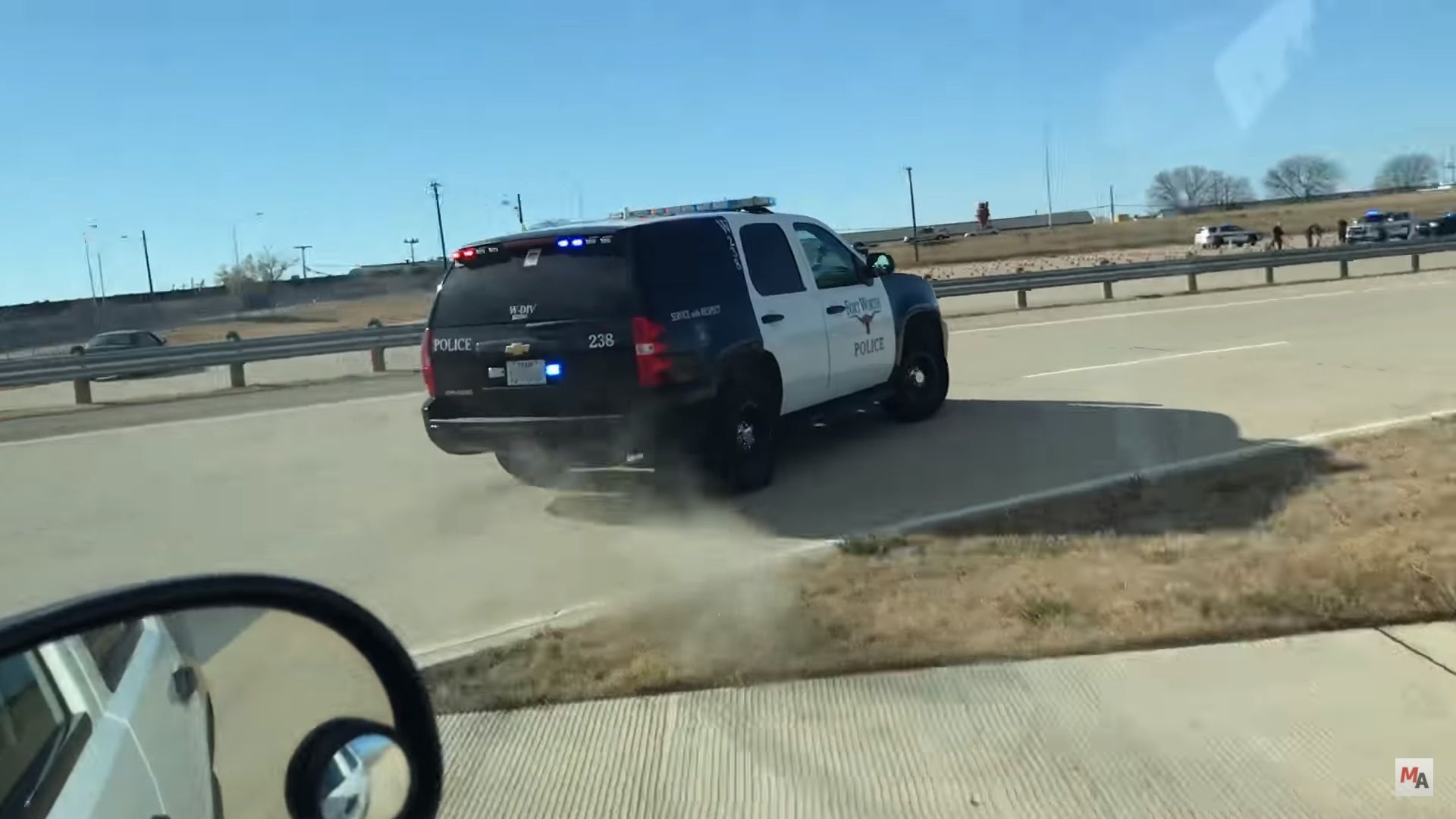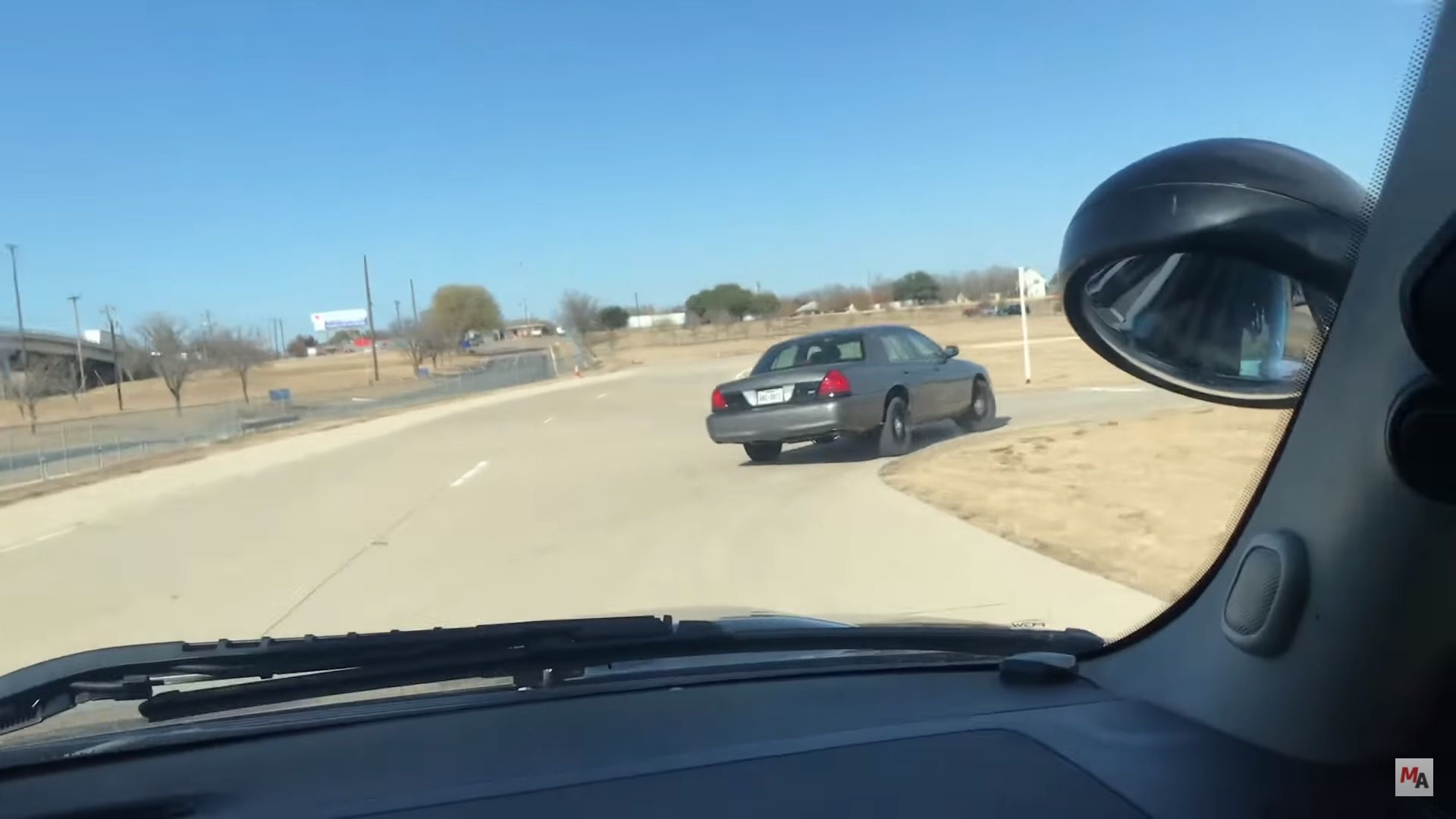When you’re sitting inside a police car, it’s probably better to be in the front seat than in the back. That would mean that you’re sitting shotgun in a joyride or at least, in this case, witnessing what a simulated car chase looks like. Kirk Bell of Motor Authority was able to experience that first-hand when he was invited to the Bob Bolen Public Safety Complex in Fort Worth, Texas to get a simulated look at what a car chase looks like from the view of police officers.
The simulated car chase played out as you might expect, at least if you understand the magnitude of the situation. According to Bell, the goal of police officers in situations like this is to stay as close to the suspect and let them make the mistake. It’s not really as sexy as doing what’s called a “pit maneuver” - police cars tamp the rear bumper of the suspect’s car to cause it to spin - but it is what’s required. This strategy also speaks to the patience police officers must have when they’re in the middle of a car chase. Since the suspect is likely in a nervous or panicked state of mind, the chances of him making a mistake are great. The police cars wait for that moment to come before they approach the car and apprehend the suspect.
There are scenarios too where multiple police cars are involved in a car chase. In times like this, there’s also a strategy at work here, one that involves constant communication between the two police cars. According to Bell, the lead vehicle is tasked to not only stay as close to the suspect but to also provide intel to headquarters and the other police cars. He should be able to determine if the driver has any guns or drugs in the car and relay the information to everybody else. Then there’s the second car vehicle. Its job is to keep constant communication with the base, particularly to keep track of the chaining locations of a chase.
The video doesn’t really paint a clear picture of the high-drama that’s usually involved in car chases, but it does give us a good idea on the responsibilities that police officers have when they’re in the middle of one.


